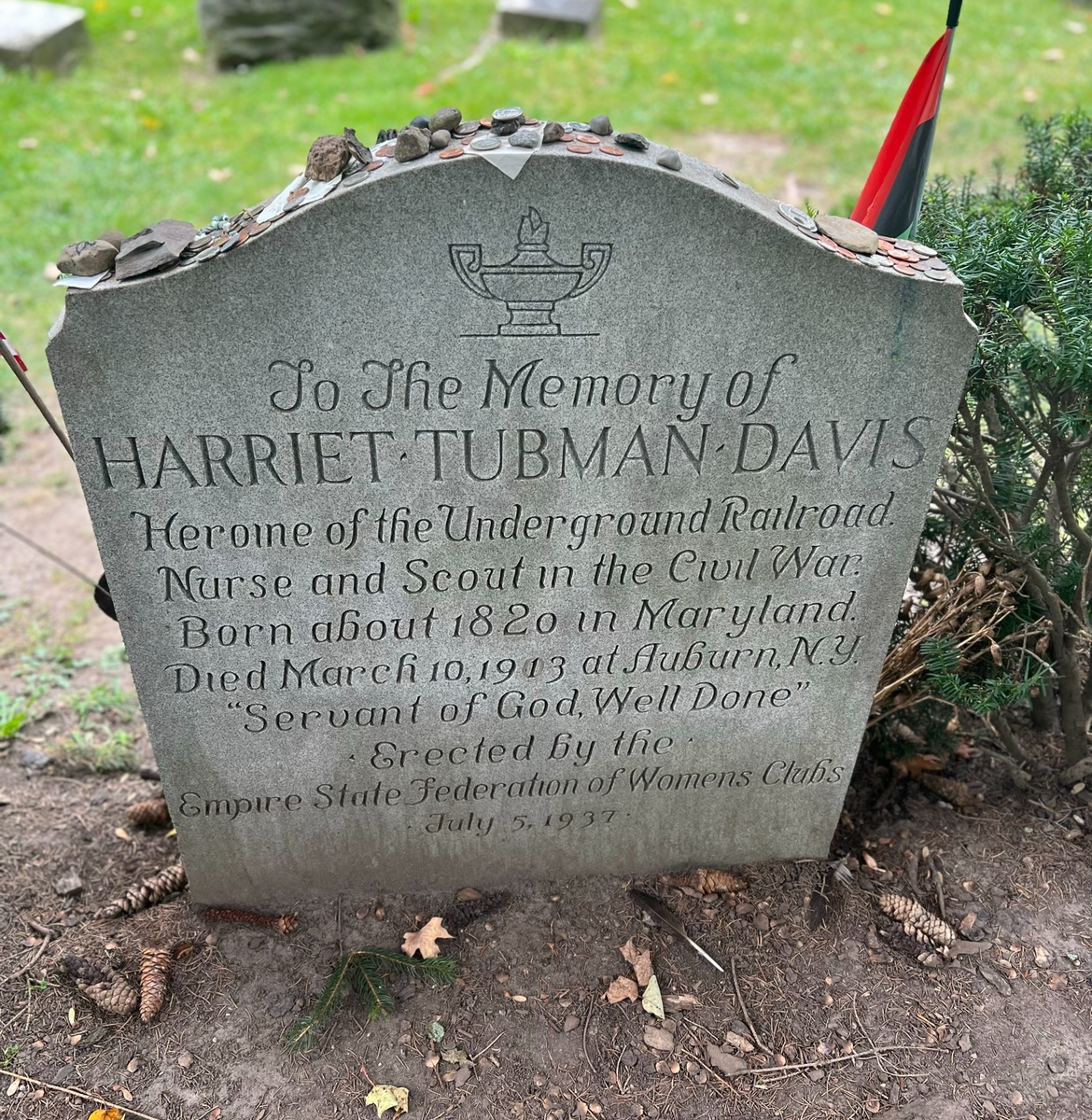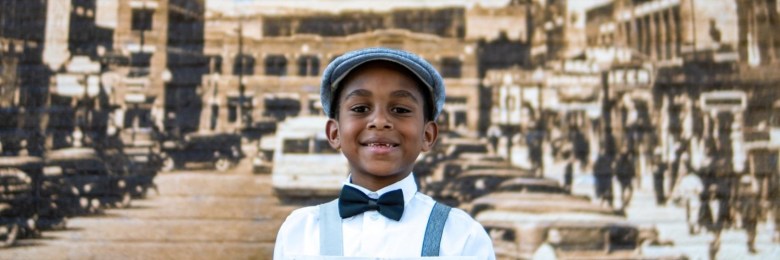|
Listen to this article here
Getting your Trinity Audio player ready...
|
Although Black History Month is coming to a close, that doesn’t mean one has to stop celebrating. 28 (or 29) days can not encompass the contributions, impact and achievements that Black people have and continue to make.
One of the best ways to honor Black History year-round is by travel. Visiting monuments, museums and landmarks that hold significance to Black History is the perfect catalyst to celebrate, learn and reflect.
While there are several well-known sites, such as the Martin Luther King Jr. National Historical Park in Georgia and the National Museum of African American History and Culture in Washington, DC, many more share the same importance.
Embrace the importance of celebrating Black history year-round by visiting some of these locations.
Visit Black History: Harriet Tubman’s Home – Auburn, New York. (Cayuga County)
Harriet Tubman, renowned for her abolitionist efforts and leading enslaved people to freedom via the Underground Railroad, settled in Cayuga County in 1859. She lived there for 54 years until her passing in 1913. Along with her second husband, Nelson Davis, Tubman’s life and spirit are still celebrated in the rural city. Tubman’s two-story brick home is a monument known to the woman as “the Moses of her people.” The home shares the land with the Harriet Tubman Home For The Age, where she nursed and cared for Black soldiers returning from War.
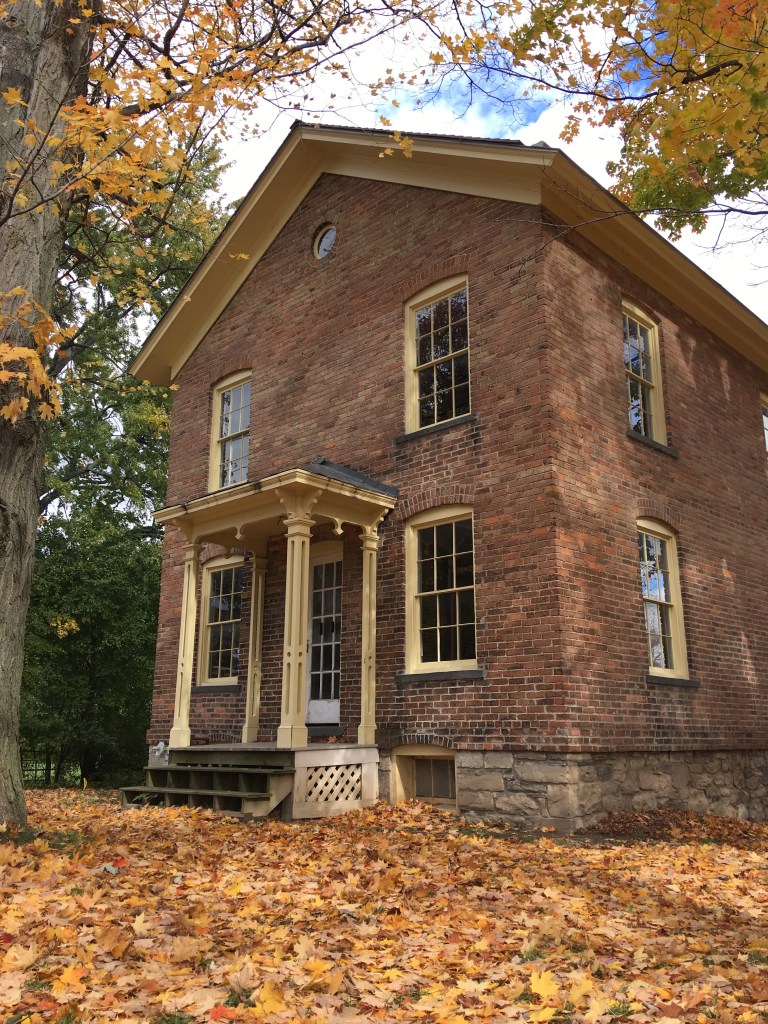
While Tubman’s house is under renovation, the Home For The Age is pristine, as if frozen in time. Visitors can also pay respects at Tubman’s grave in Fort Hill Cemetery. Nearby, the Thompson Memorial A.M.E. Zion Church, where Tubman’s funeral was held, is being transformed into a museum and welcome center.
Another notable site is the Seward House and Museum, once home to abolitionist William H. Seward, a close friend of Tubman. The Seward House served as a stop on the Underground Railroad. Daily tours allow visitors to get a glimpse of the hardships those seeking freedom faced.
While the county offers several tours of Harriet’s home, GLOW Tours offers tours with a personal touch. Led by Auburn native Ted Freeman, GLOW Tours gives a personal look into Tubman’s life and the experiences of other African Americans throughout Cayuga County’s history.
International African American Museum – Charleston, SC
The International African American Museum in Charleston, South Carolina, stands at Gadsden’s Wharf, the largest entry point into North America for enslaved Africans. Opened on June 27, 2023, it’s a vital cultural institution spotlighting African American history. With nine galleries housing over 150 artifacts, including depictions of the Middle Passage, the museum confronts the erasure of African identity and illustrates the resilience of Charleston’s Black community. The city’s history as a major port in the transatlantic slave trade is evident, with the storied history of nearly 150,000 enslaved Africans passing through. The museum’s Center for Family History aids in connecting visitors with their ancestral roots, utilizing donated genealogy reports and family records.
Nearby, Charleston’s City Market, once known as the “Slave’s Market,” honors the legacy of enslaved individuals and free Black artisans, such as Corey Alston. The Alston family’s art spans five generations and has been showcased globally with their sweetgrass basket art.
St. Helena Island – Beaufort, South Carolina
The rich history of St. Helena Island dates back to the 16th century. Located five miles east of Beaufort across the Woods Memorial Bridge, the island was the perfect hideaway for Union forces during the Civil War. Their occupation led to the immediate freedom of enslaved people on the island.
After Union soldiers left, the freed citizens began cultivating lives based on community and culture that still thrive today. In 1862, the first school for formerly enslaved people, the Penn School (Penn Center), was established on the island.
The Penn School once provided educational and trade services for up to 600 Black students who lived on the island. Dr. Martin Luther King Jr. chose the Penn Center as his place to stay during his visits to the area.
The island’s cultural traditions are deeply rooted in the Gullah Geechee heritage. Today, it continues to preserve its unique history and Gullah culture through other institutions like the Gullah-Geechee Sea Island Coalition, run by Reverend Kenneth Hodges and the Gullah Grub Restaurant, where acclaimed Chef William “Bill” Green is at the helm.
Cecil Williams South Carolina Civil Rights Museum – Orangeburg, SC
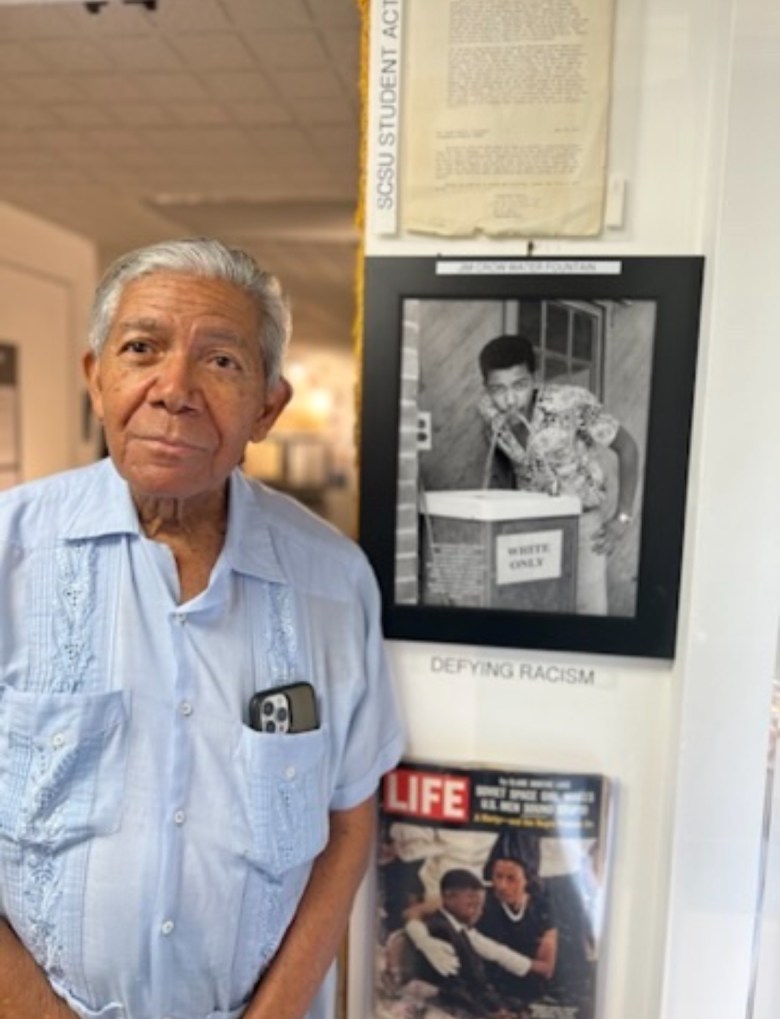
Acclaimed photographer Cecil Williams has captured some of the most pivotal moments of the Civil Rights Movement and American history. His self-ran museum is vital in understanding the region’s activism history. The 3,500-square-foot museum opened in 2019 and quickly gained national attention. One of the most significant exhibits is dedicated to the Orangeburg Massacre, the heinous act against Black students at South Carolina State at the hands of state troopers in 1968. In December 2023, the 85-year-old proprietor announced the museum’s expansion with its new location on the SC State campus.
The San Antonio African American Community Archive and Museum – San Antonio, TX
Through careful preservation of artifacts, stories and community engagement, SAAACAM shares the cultural heritage of African Americans in the San Antonio region. Located in Historic La Villita, the original settlement of San Antonio, SAAACAM is a community-driven museum of digitized, audiovisual exhibits.
SAAACAM ensures visitors are welcomed to the city with Black history with their pop-up exhibit at the San Antonio Airport. The non-profit’s Black History Riverwalk Tours are one of the city’s most sought-after tourist excursions. The 100-minute tour uses the river as the catalyst to tell the stories of Black families, religion, Civil Rights, entrepreneurship and culture in San Antonio.
The museum also spearheads one-of-a-kind student engagement and classes with Texas A&M University-San Antonio, the University of the Incarnate Word, and Trinity University.
Bayou Road – New Orleans, LA
Bayou Road in New Orleans is the oldest road in the city and one of the oldest in the country. As the thoroughfare that connected Bayou St. John with the Mississippi River, Bayou Road played a crucial role in the city’s development, providing a land route for trade and settlement. Today, the street is a hub for Black businesses and community.
Diverse eateries such as Nonno’s Cajun Cuisine & Pastries, CoCo Hut Caribbean and Addis Ethiopian Kitchen provide everything from New Orleans staples to vegetarian Caribbean or Ethiopian food.
The street also boasts the oldest bookstore in the city. The Community Book Center has been serving the literary needs of New Orleans for 40 years. Their neighbors, the André CAILLOUx Center for Performing Arts & Cultural Justice, provides a safe space for LGTBQ+ performers to present and enrich their talents.
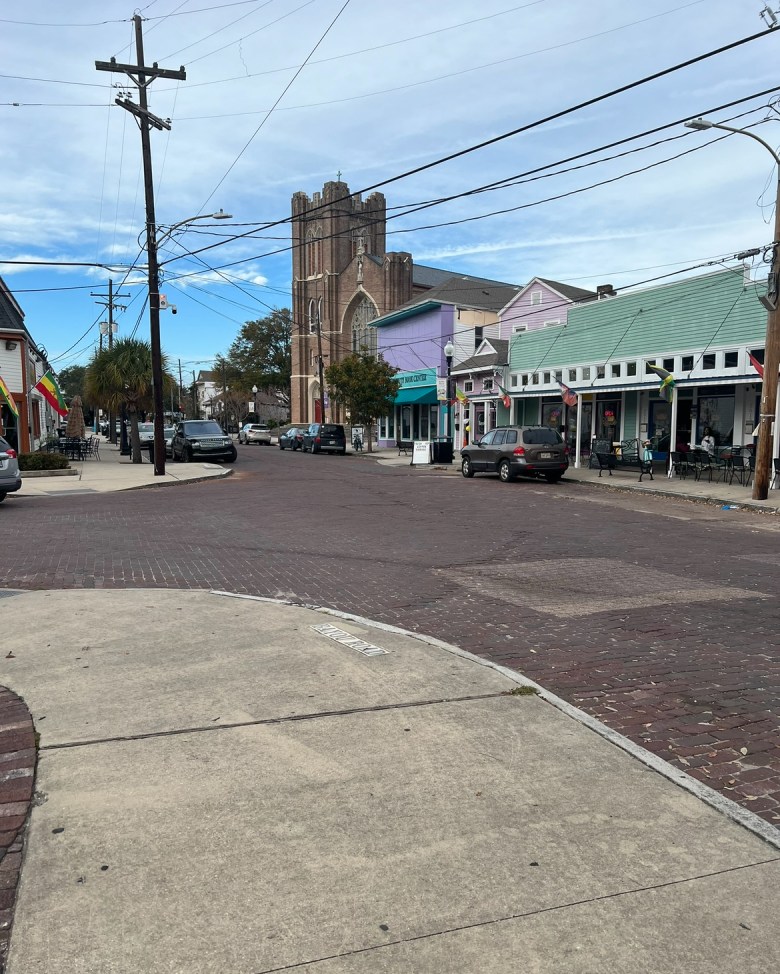
The proprietors of Bayou Road are Dr. Dwight and Beverly McKenna. The McKennas have previously cemented their space in Black history as the current publishers of The New Orleans Tribune, the city’s first Black-owned newspaper and the owners of the nearby Le Musée de f.p.c. (Free People Of Color Museum.)
African American Heritage Pathway- Athens, GA
In November 2022, Athens created the African American Heritage Pathway, a walking tour through the city’s downtown that highlights notable landmarks that represent authentic stories of lost and forgotten Black communities and histories in the destination. The pathway is meant to spark conversation about inequality from the past and societal hopes for change within the Athens community.
The Pathway includes the Ware-Lyndon House Museum, where visitors can take a self-guided tour to learn about the musical history of Athens that originated with enslaved African-Americans and their descendants.
Another stop on the pathway is Hot Corner, once a thriving historical district for Black businesses in the area. Hot Corner was a place of celebration and retreat for Black Athenians post-Civil War. This nearby Hot Corner Mural pays homage to the once vital area.
Negro Leagues Baseball Museum – Kansas City, MO
One of the most visited in the nation is the Negro Leagues Baseball Museum. Located just a few blocks from the Paseo YMCA, where the Negro Leagues were formed in 1920, the museum is recognized as one of the stops on the U.S. Civil Rights Trail.
It is the world’s only nationally designated museum dedicated to preserving and celebrating the rich history and impact African Americans in baseball had on social advancements in America. Guests can learn about the game’s storied past through photographs, historical artifacts and several interactive computer stations.
Noteworthy exhibits include the Coors Field of Legends, which features ten life-size bronze sculptures of notable players like Satchel Paige and Jackie Robinson, and the Hall of Fame Lockers, which pay tribute to Negro Leaguers who have been inducted into the National Baseball Hall of Fame.
Surrounding the museum is the 18th & Vine Historic Jazz District, the city’s neighborhood filled with Black-owned businesses, music clubs and the world-famous Arthur Bryant’s Barbeque.
National Underground Railroad Freedom Center – Cincinnati, OH
Cincinnati’s National Underground Railroad Freedom Center exhibits and programs focus on America’s fight against slavery to tell the story of the struggle for freedom across the country.
Using the Underground Railroad as a frame of reference, the museum illustrates how enslaved people fled states where slavery was legal. The museum offers a variety of mediums to tell the stories of the brave people.
Film, artwork, digital visuals, hands-on activities, and more provide an immersive educational experience for visitors of all ages.
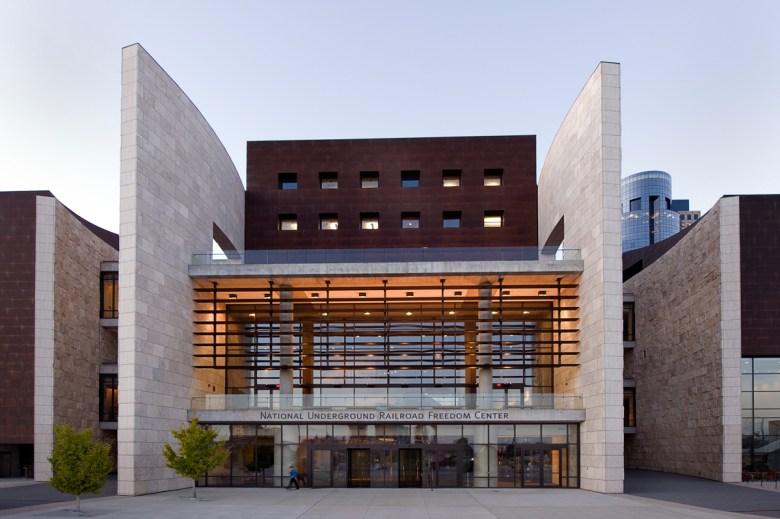
Located close to the museum is the Cincinnati Black Music Walk of Fame. Founded by Hamilton County Commissioner Alicia Reece, the Black Music Walk Of Fame celebrates the musical heritage of Cincinnati’s Black artists.
It opened in the summer of 2023 during the annual Cincinnati Music Festival with a reception attended by musical greats such as Bootsy Collins, Shirley Murdock, LA Reid, and more.
The Walk of Fame features digital kiosks and interactive screens that provide historical information about inducted artists and the musical tapestry of Cincinnati.
African American Heritage Trails – Alexandria, VA
The African American Heritage Trails comprise interconnecting routes in the City of Alexandria. These trails illuminate the history of Alexandria’s African American community over several centuries.
In the 1820s and 1830s, Alexandria was home to the country’s largest domestic trading firm for enslaved people, profiting from the sale and trafficking of enslaved African Americans from the Chesapeake to the Deep South.
The Civil War revolutionized social and economic relations, and newly freed African Americans found new job opportunities due to the Waterfront’s industrialization. The Trails currently have two routes along the Potomac River.
When visiting Alexandria, visitors can also commemorate Black heritage with year-round experiences, including a self-guided African American history driving tour, a visit to Freedom House Museum or Alexandria Black History Museum, a walk along the Duke Street Black History Trail, and embark on a Manumission Tour Company’s walking tour with Councilman John Chapman.
Slave Haven Underground Railroad Museum- Memphis, TN
Memphis is a mecca for Black history monuments and museums. It is home to the National Civil Rights Museum, built on the grounds of the Lorraine Motel, where Dr. Martin Luther King Jr. was assassinated on April 4, 1968.
The city is also home to several lesser-known gems that are just as essential to history.
The Slave Haven Underground Railroad Museum, also known as the Burkle Estate Museum, offers visitors a glimpse into the history of slavery and the Underground Railroad through exhibits showcasing ads, auctions, and artifacts.
Guests get a deeper understanding of the plight of those brave enough to escape by touring the secret room on the estate where they would hide. The historic site was built in 1849 by Jacob Burkle. Burkle was a local livestock trader and bakery owner who used his home to aid enslaved people during their escape.
The tour gives information on the slave trade, runaway enslaved people, and the message system and travel patterns of those who escaped. The museum is temporarily under renovation due to a recent fire.
Cleveland Civil Rights Trail- Cleveland, OH
The new Cleveland Civil Rights Trail is the first of its kind in a northern state and provides visitors with place-based insights into Cleveland’s role in the Civil Rights movement. The trail’s initial seven sites share the history of and commemorate the fight for equality during the 1950s-1970s.
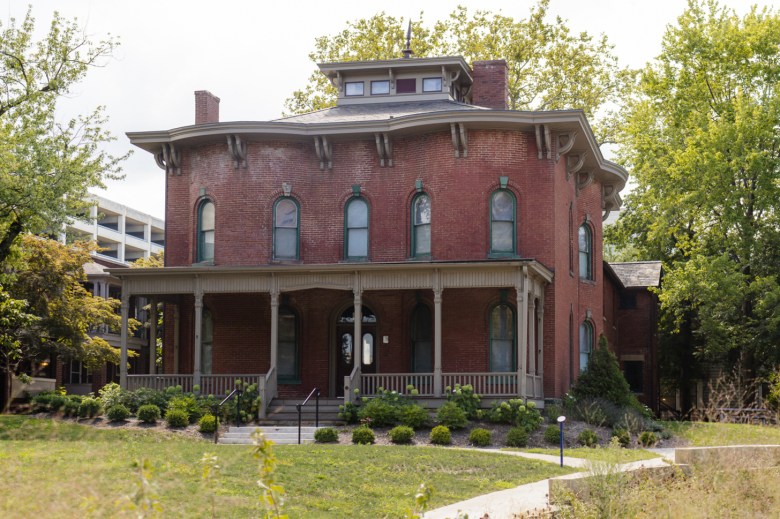
Cleveland is also home to the Cozad-Bates House, the only surviving pre-Civil War structure in Cleveland’s University Circle neighborhood, a hub of the abolitionist movement.
The country’s oldest Black-producing theater, the Karamu House, is also on the trail. The African American Cultural Garden is located in Cleveland’s Rockefeller Park. Here, visitors can take in the stories and progress of Cleveland’s African American community’s past, present and future.
Northwest African American Museum – Seattle, WA
The Northwest African American Museum (NAAM) is a cultural institution dedicated to preserving the links between the Pacific Northwest and African American history, art, and culture.
The museum occupies 17,000 square feet of space in the former Colman School building, a City of Seattle landmark located in the historically African-American Central District neighborhood. The museum’s inaugural exhibit in 2008 showcased the works of prominent African American artists Jacob Lawrence and James W. Washington, Jr.
Close by the museum is Jimi Hendrix Park, which adds to its cultural significance. The grounds will be transformed into a park honoring Seattle’s native son. The park will further enrich the visitor experience with connections to the legendary musician.

